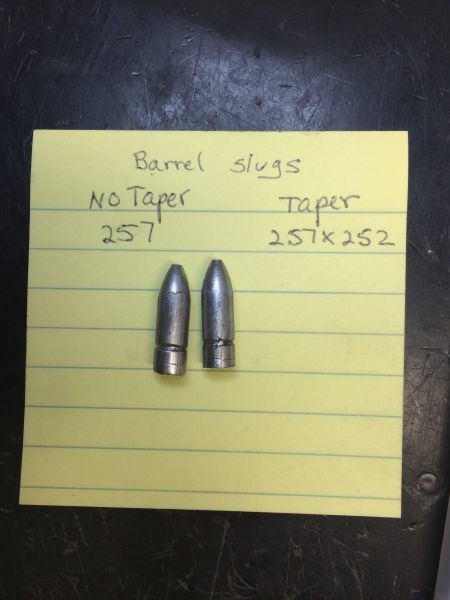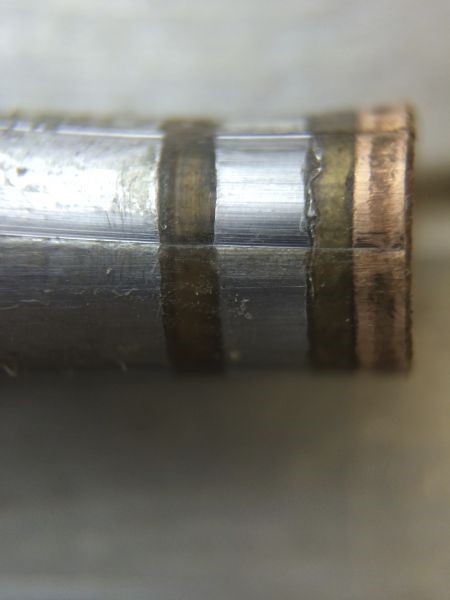I recently finished a series of tests to see the effects of filling the lube grooves in a multi-groove bullet in addition to the small gap ahead of the gas check on the gas check shank. A full report will be in a future Fouling Shot describing the test, reporting the results, and discussing the possible implications of the results.
One of the conclusions was that lube in the additional grooves ahead of the gas check “groove” did nothing positive that I could tell.
Does anybody have any results from a planned test showing that lubing additional grooves provides any benefits in accuracy, consistency, etc? If such testing has been done and the extra lubing showed that it is worthwhile, it would be nice to know of it and in what type of situation was it found necessary for best load. Unless there is good evidence that lube in the forward bands is beneficial, the obvious question is why are we still designing bullets with multiple lube grooves when the space they take up might be better used to increase the length or either the driving bands or the part of the bullet that aligns it in the throat and bore. It is also unlikely that all those grooves improve the ballistic coefficient compared to a smoother bullet at least as some velocities.
John












